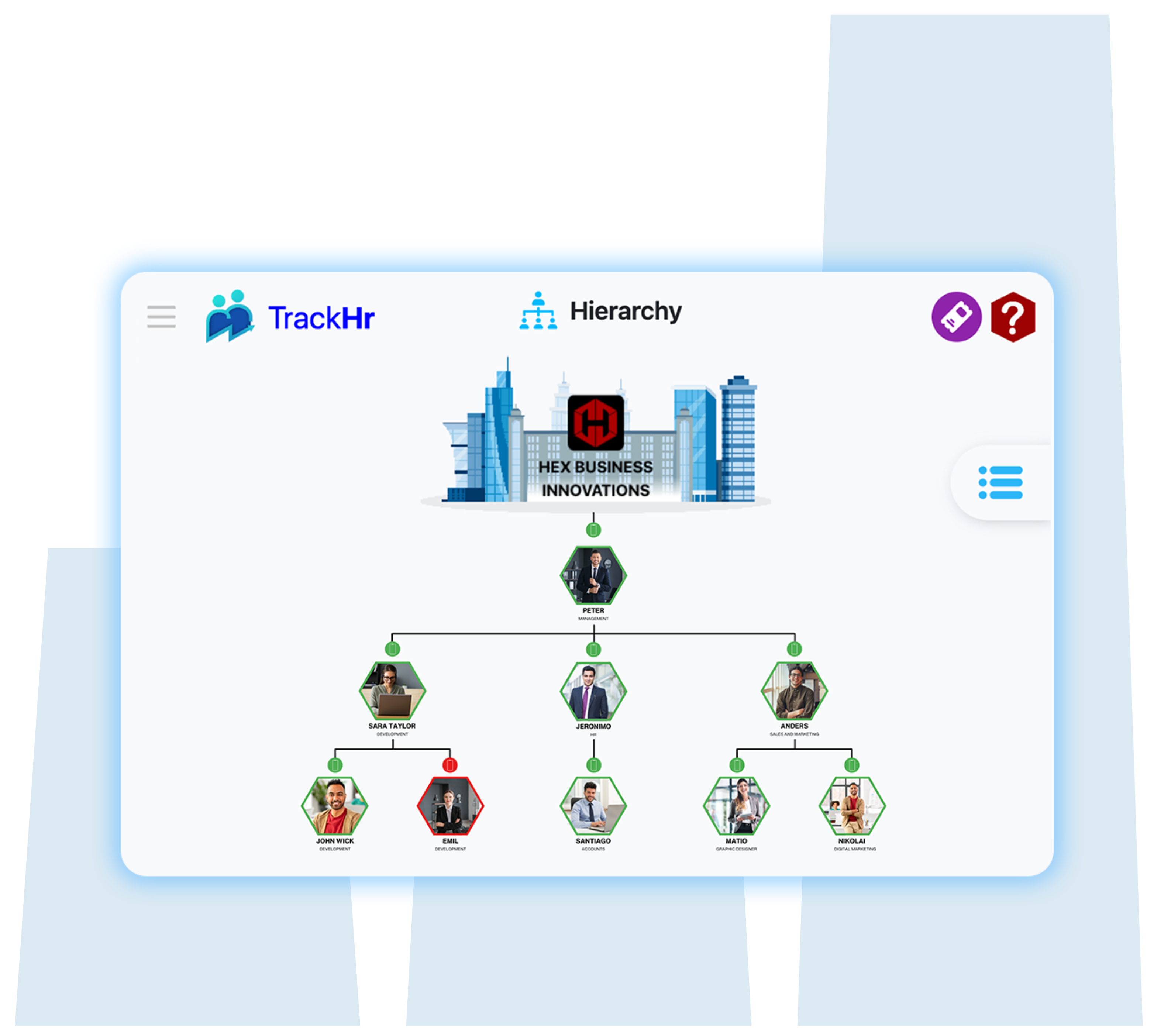Thursday, 25 December 2023
Unlocking Success: The Art and Science of Effective Performance Management in Business
Introduction:
In the dynamic landscape of the business world, the key to achieving and sustaining success lies in the ability to manage performance effectively. Performance management is both an art and a science, requiring a delicate balance of human understanding and data-driven insights. In this blog, we will delve into the intricacies of performance management, exploring the essential elements that contribute to organizational success.

The Art of Performance Management:
Clear Communication: Successful performance management starts with clear communication. Employees need to understand their roles, expectations, and how their contributions align with the overall objectives of the organization. Leaders must be adept at conveying these messages transparently, fostering a sense of purpose and direction.
Goal Setting: Artful performance management involves setting SMART (Specific, Measurable, Achievable, Relevant, Time-bound) goals. Employees should have a roadmap that guides their efforts, providing a sense of accomplishment when milestones are achieved. Leaders can inspire their teams by involving them in the goal-setting process, creating a shared vision for success.
Feedback and Recognition: Providing constructive feedback and recognizing achievements are essential aspects of the art of performance management. Regular feedback sessions create an open dialogue between managers and employees, fostering a culture of continuous improvement. Recognition, whether public or private, reinforces positive behaviors and motivates individuals to excel.
The Science of Performance Management:
Data-driven Insights: The science behind performance management relies on data-driven insights. Modern technologies allow organizations to collect and analyze vast amounts of data, providing valuable metrics on employee performance. Utilizing key performance indicators (KPIs) helps leaders make informed decisions, identify trends, and optimize processes.
Performance Reviews and Appraisals: Conducting regular performance reviews and appraisals is a systematic approach to gauging employee contributions. By assessing achievements, identifying areas for improvement, and setting future goals, organizations can align individual performance with strategic objectives.
Continuous Learning and Development: The science of performance management emphasizes continuous learning and development. Investing in employee training and skill enhancement not only improves individual performance but also contributes to the overall growth and adaptability of the organization.
Striking the Balance:
The most successful organizations understand that effective performance management is a harmonious blend of the art and science. By combining the human elements of communication, goal-setting, feedback, and recognition with data-driven insights, organizations create a robust framework for unlocking success.
Conclusion:
In the ever-evolving world of business, mastering the art and science of performance management is paramount to achieving sustainable success. By nurturing a culture of clear communication, goal alignment, feedback, and recognition, while leveraging data-driven insights and continuous learning, organizations can unlock the full potential of their teams. Embracing the multifaceted nature of performance management is not just a strategy; it’s a transformative journey towards excellence.





